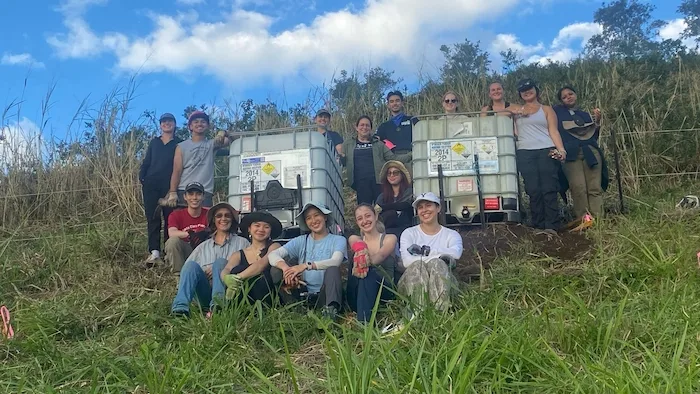Teaching and Learning
For SFS Bhutan’s first fall semester program we have students from all over the U.S. who are all brilliant, sincere, cooperative, energetic, and respectful of the culture and people of Bhutan. We started with welcoming them to Bhutan with our cultural tradition of offering khadar (silk scarves used to wish and greet one other), and then begun our academic period where I not only served as the National Academic Coordinator to the program but also taught them the national language of Bhutan, Dzongkha, and lectured on hydropower and Environmental Impact Assessments.
When I was teaching them language classes, I found them to be fast learners and really interested, which motivated me to teach. I soon discovered that teaching is not just a one way street since the students have taught me many things about the U.S., and even a little Spanish!
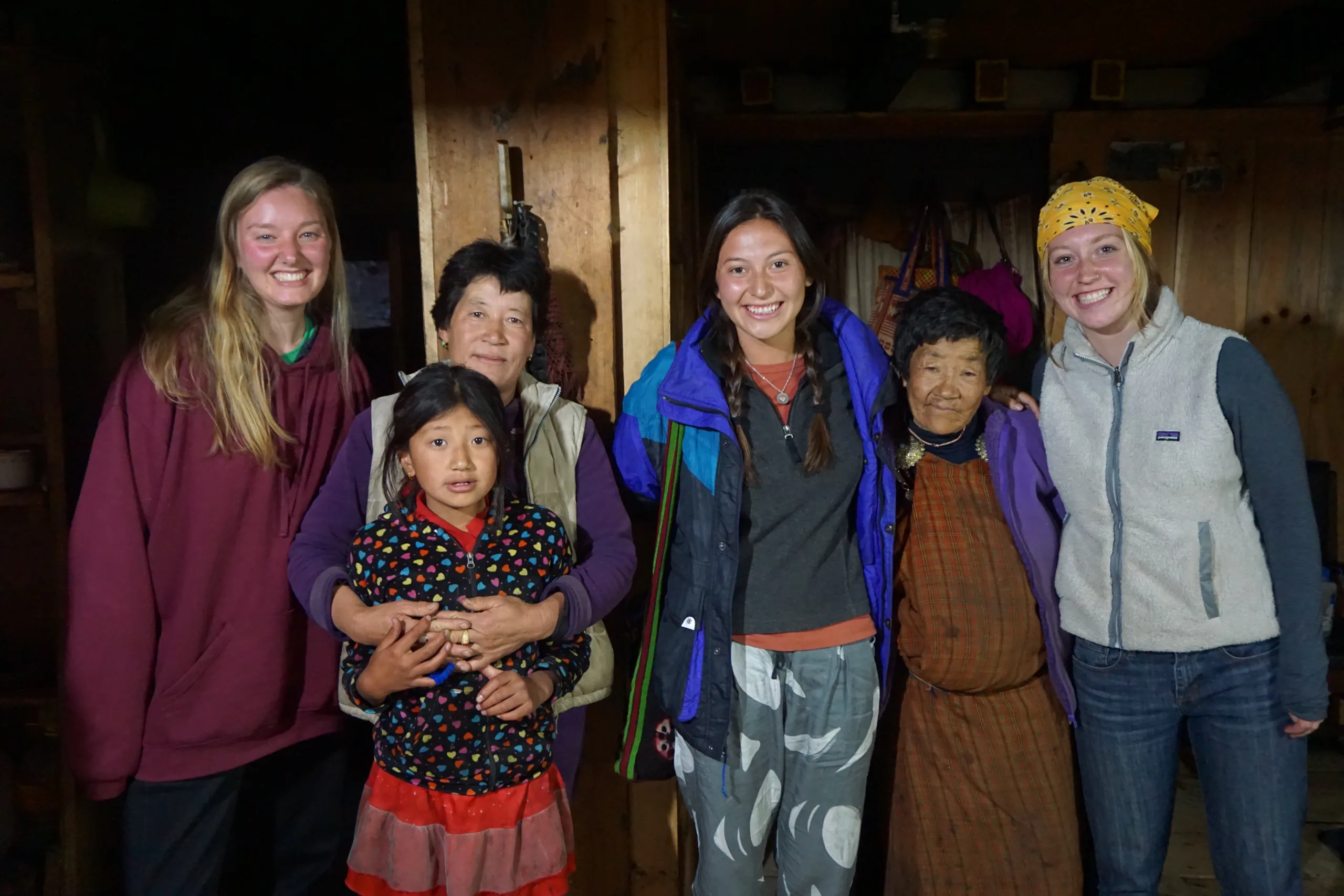
Beginning in mid-November, all of the staff and students were busy preparing for Directed Research (DR). We divided our 21 students into six groups under the three faculty members. I helped facilitate DR as an interpreter for a group examining medicinal plants and fungi use in Bumthang. Our group surveyed around 40 households, interviewing people who collect different medicinal plants both for income and self-consumption. We also interviewed four key informants in the district: Park Manager and Senior Forest Officer of Wangchuck Centennial National Park. Our research team also interviewed the doctor (drungtsho) and the health assistant (menpa) of Bhutan Traditional Medicine who have great knowledge on the collection of these medicinal plants and their uses. Our research was conducted in different sites throughout the Bumthang district like Tang, Chhokhortoey, Jalikhar, Duar, Tamshing, Chamkhar, Lamaithang, Dorjibee, and Thangbi.
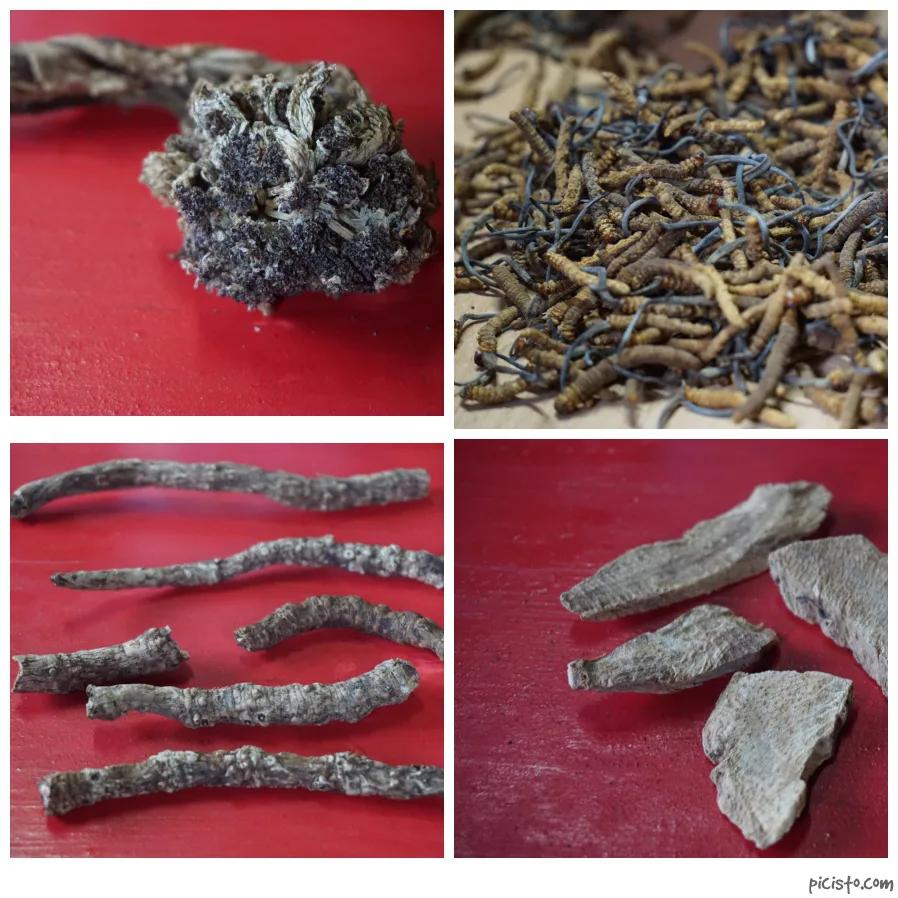
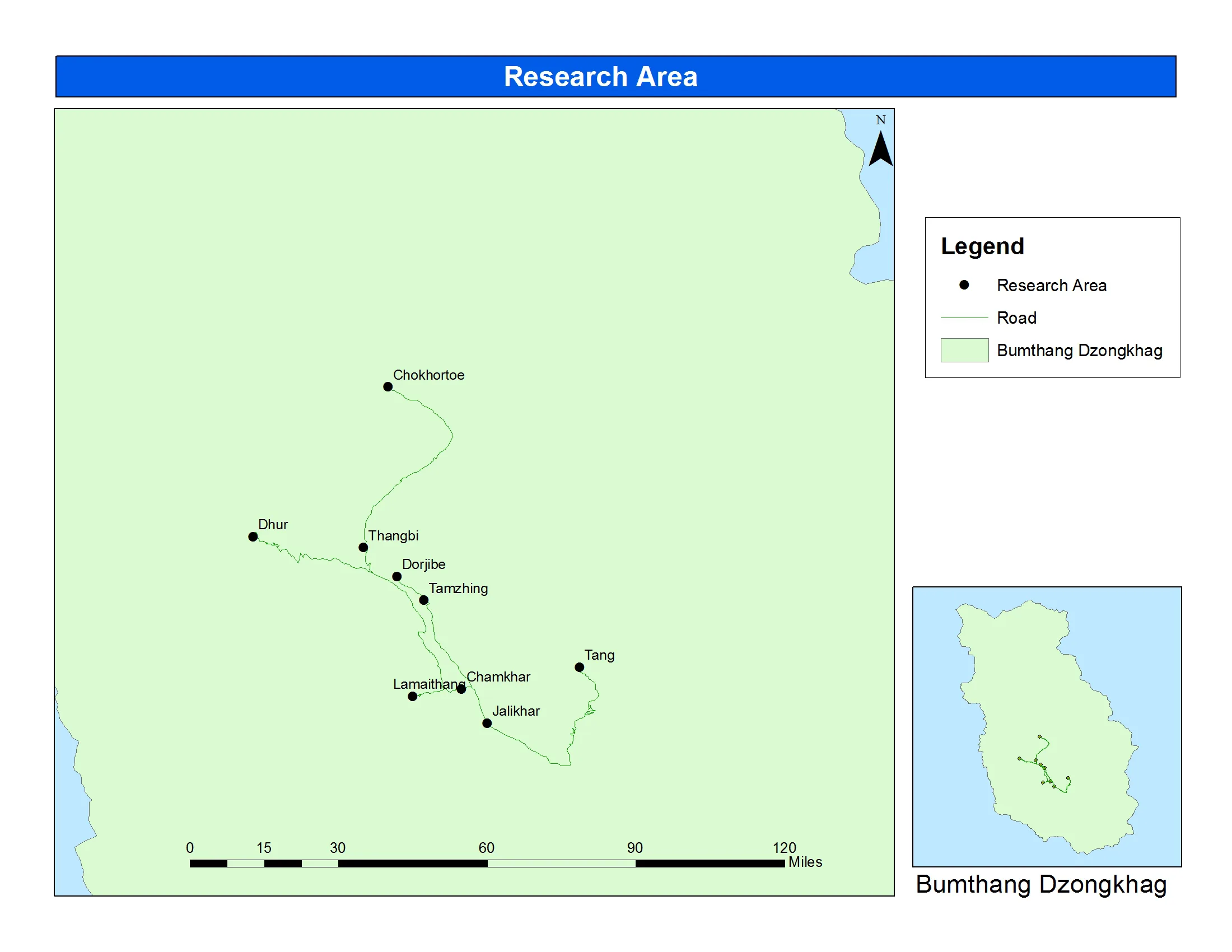
My job as an interpreter was challenging and tiring, since I have to first translate our students questions into different dialects and languages in Bhutan like Dzongkha, Bumthap, Sharshop, Khengkha and Nepali, and then back to English for the students. I totally appreciated our students’ great way of questioning, awesome team work in the group, and overall the way our students approached different people in the community.
At the end of DR I found that our students learned taxonomy of many medicinal plants, the medicinal plants’ uses, and the parts used for medicinal purposes. Alongside the students, I also learned many new things both about my community and the ways these medicinal plants help people individually and as a community.
Tashi Delek
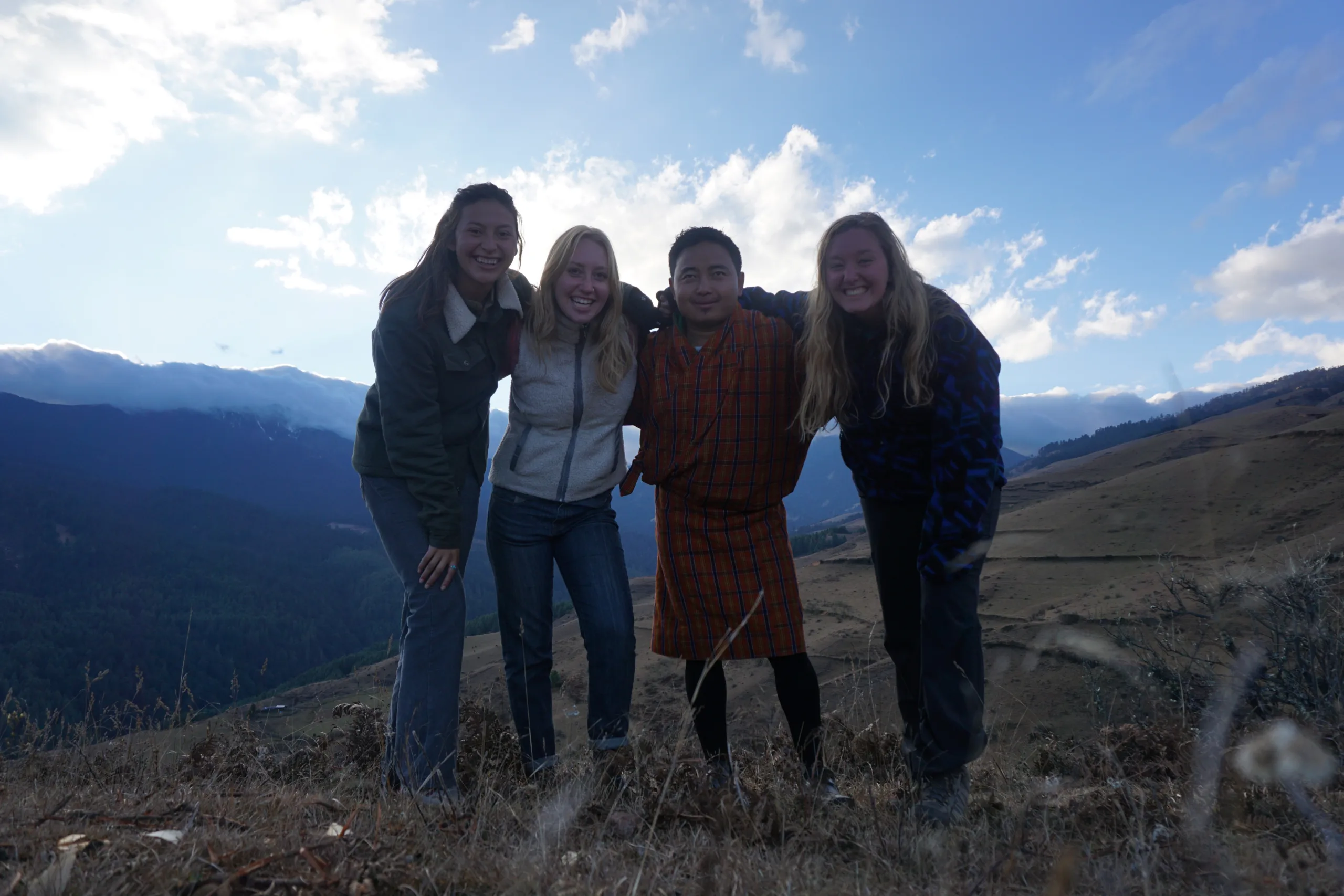
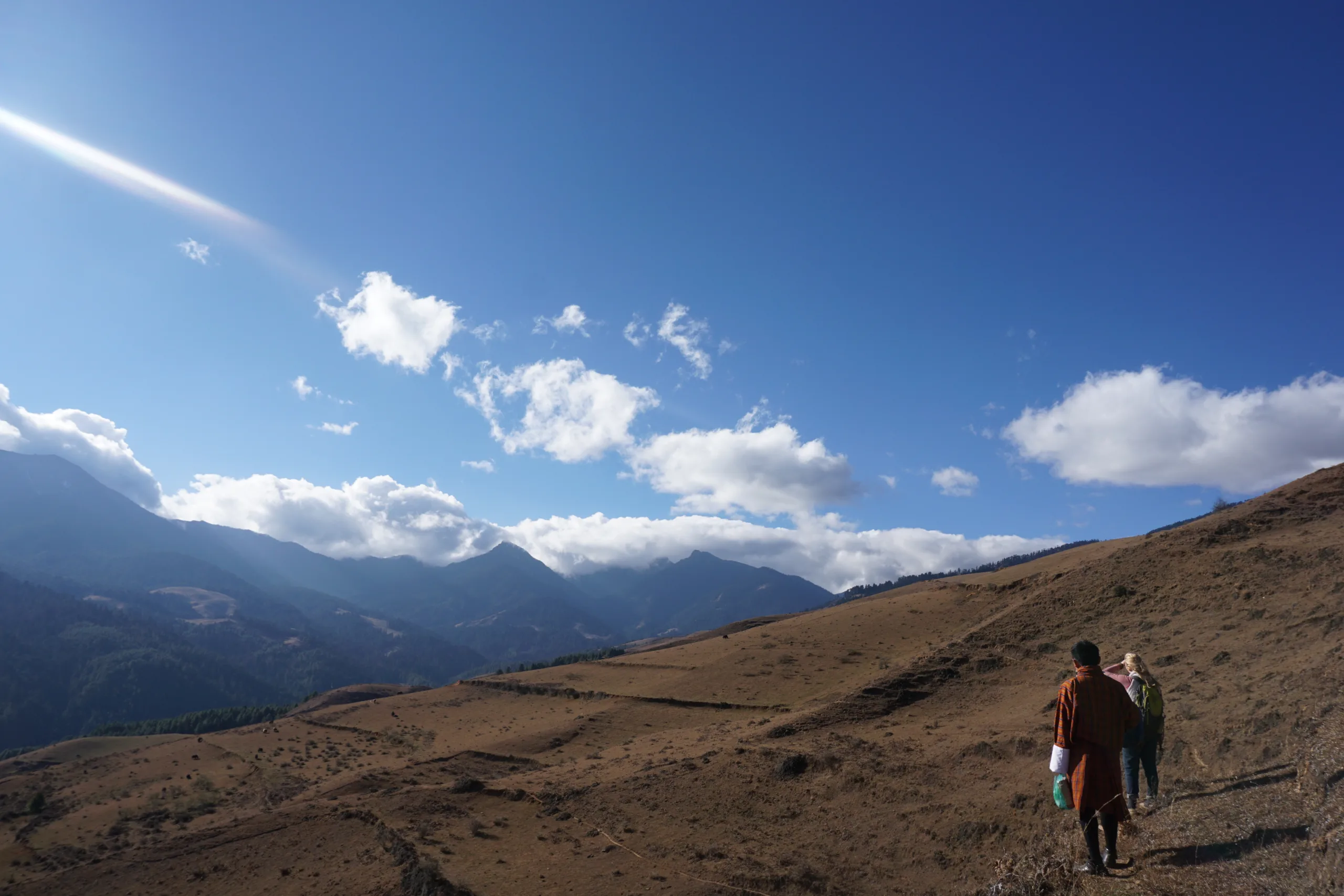
Related Posts
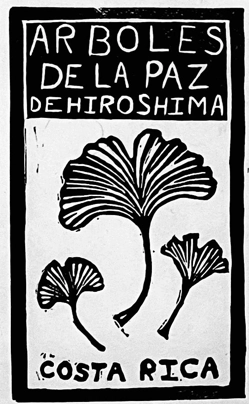
Trees of Peace from Hiroshima: A Time Traveler and Emissary of Hope
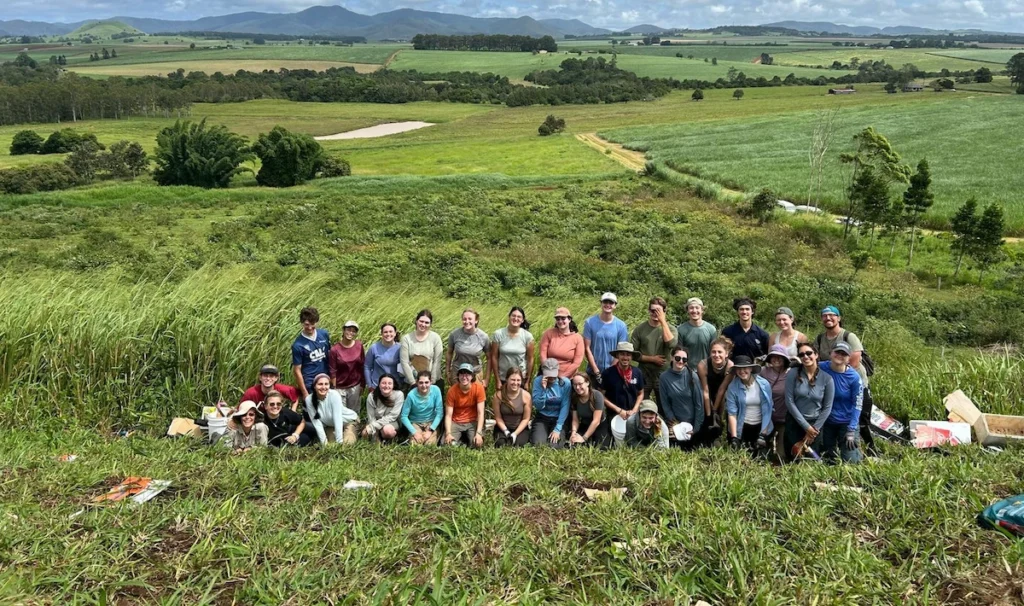
Cinder Cone Chronicles: Lessons from Drought, Data, and Determination
